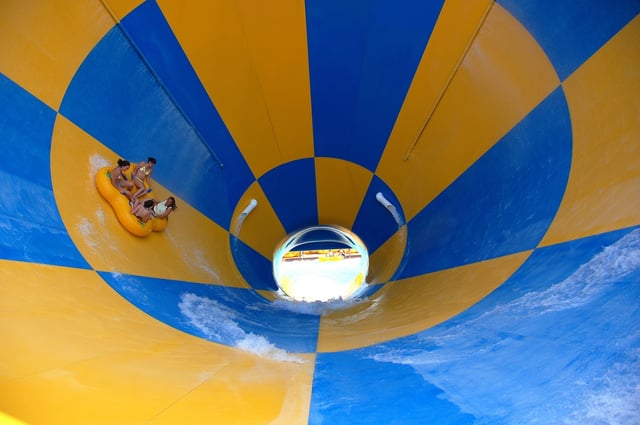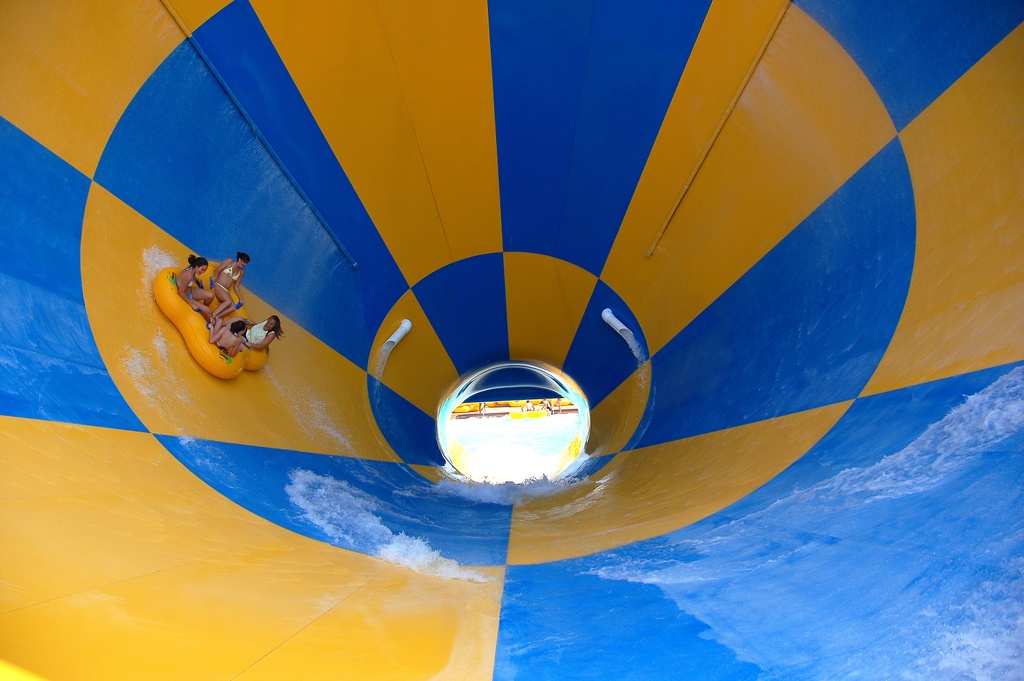Fun With Funnels and Forms
Email Marketing | Lead Generation & Growth Strategies | Content, Social & Digital Marketing | Marketing Automation
As you slide into your holiday weekend, perhaps we'll have you thinking about forms and funnels whilst gliding down a watery ride at your local water park. For that reason, I thought it would be fun to go through the thinking behind marketing automation, lead generation, and business development. Make your digital marketing efforts work harder for you, so you can play harder for the fourth of July.

How we grow in the digital space is through lead generation and we find leads through forms that incrementally move a lead further down the funnel. Above the top of the funnel or (ToFu) are all the potential new members and customers. Our goal is to bring new leads into the funnel either through social media, paid social, or Google search and display ads. Those text and display ads point to a landing page. On that web page is an intriguing offer with a form to fill out. The idea here is to keep it simple and make it easy for the contact to take the specific action you want them to take; taking the contact further down the funnel. As soon as that person fills out the form and enters their email address, they become a known contact in marketing automation.
Going from unknown - to filling out a form and converting - to a known potential member or customer is a big win. Now anytime that person takes an action: landing on an important web page, filling out another form, or clicking on your email; you can start to track that known person through the funnel and assign that person a lead score.
A lead score is when you assign a predetermined number of points to an action a contact takes. Filling out a form could be 5 points, landing on an events page could be 2 points, and so on. Then, when a group of contacts gets closer to the bottom of the funnel (BoFu), by scoring higher than 20 points for example, you can qualify the contacts as sales qualified leads or (SQLs) and reach out to them individually with a highly targeted offer.
With emails already in the database, we can also send out automated email campaigns that lead to a landing page. Once a lead from an email campaign fills out a form on a landing page, we can drop a cookie on their computer, allowing the marketing automation platform to begin tracking their actions on your specific properties only. Meaning that anytime that contact is on one of your webpages, the platform will record that, and depending on what is set up, assign lead scores, or kick out the next email in an automated sequence.
Rather than sending one-off emails, we are using user behavior and data to determine how likely a contact will purchase. If we know their digital footprint on our digital properties, then we can create a more targeted, branded, and engaging experience. Thinking in terms of funnels and forms can be a new approach for many, but once you understand the concept and potential it can be exciting to brainstorm campaigns around lead generation for events, membership, webinars, and more.
For more on attracting new leads into your sales funnel, watch an on demand webinar on, "How to Attract New People to Your Brand."
About Emily Nash
With a unique background in start-ups-to-studios, and consulting-to-corporate settings, Emily specializes in solving for unknowns, pioneering new services, and collaborating with marketers and strategists. In her community, she served on the board of American Institute for Graphic Arts as their Communications Director to help promote networking and mentorship opportunities for area designers and creatives. She’s also a co-producer for Rethink Association, a podcast for associations.







